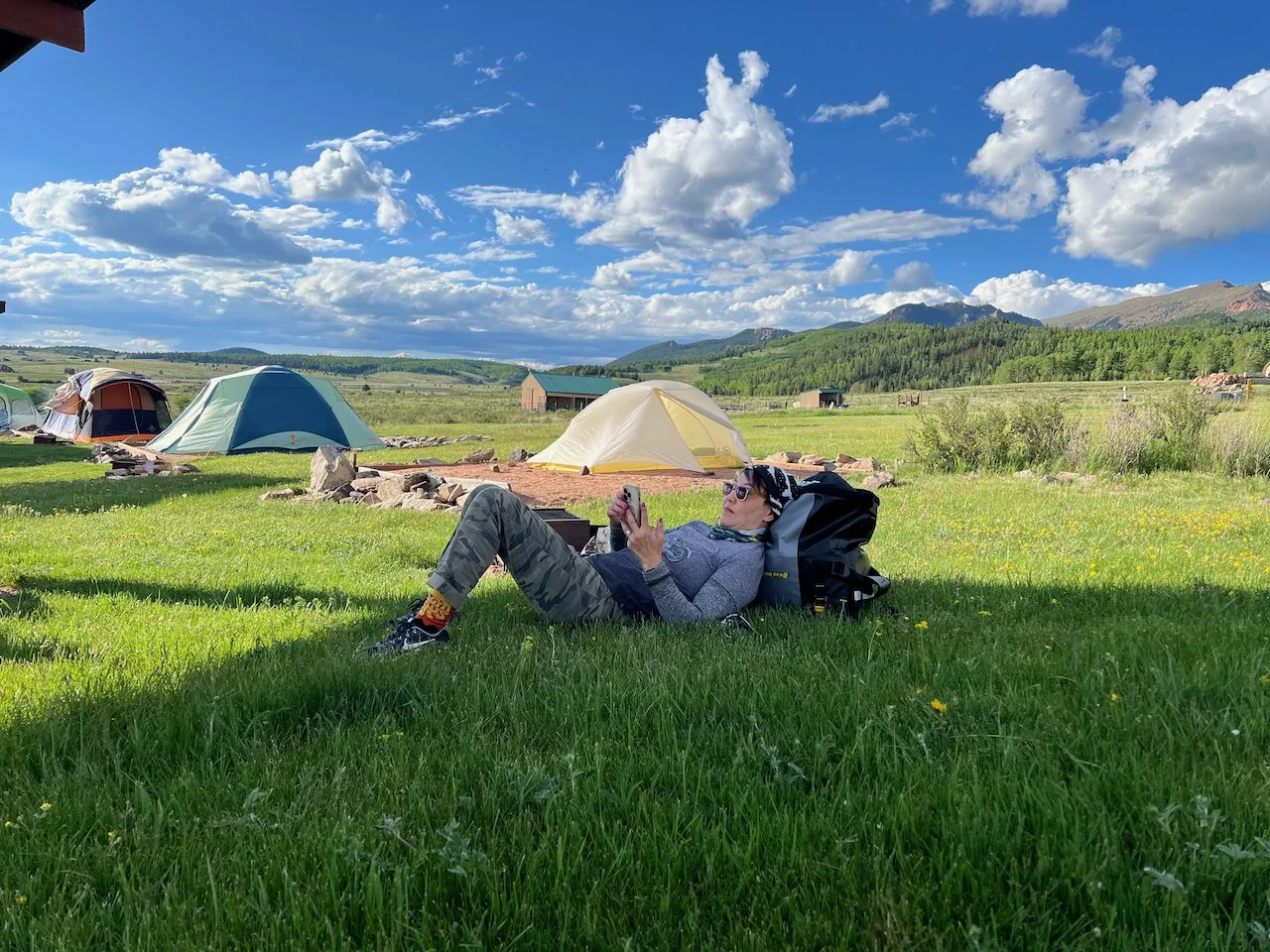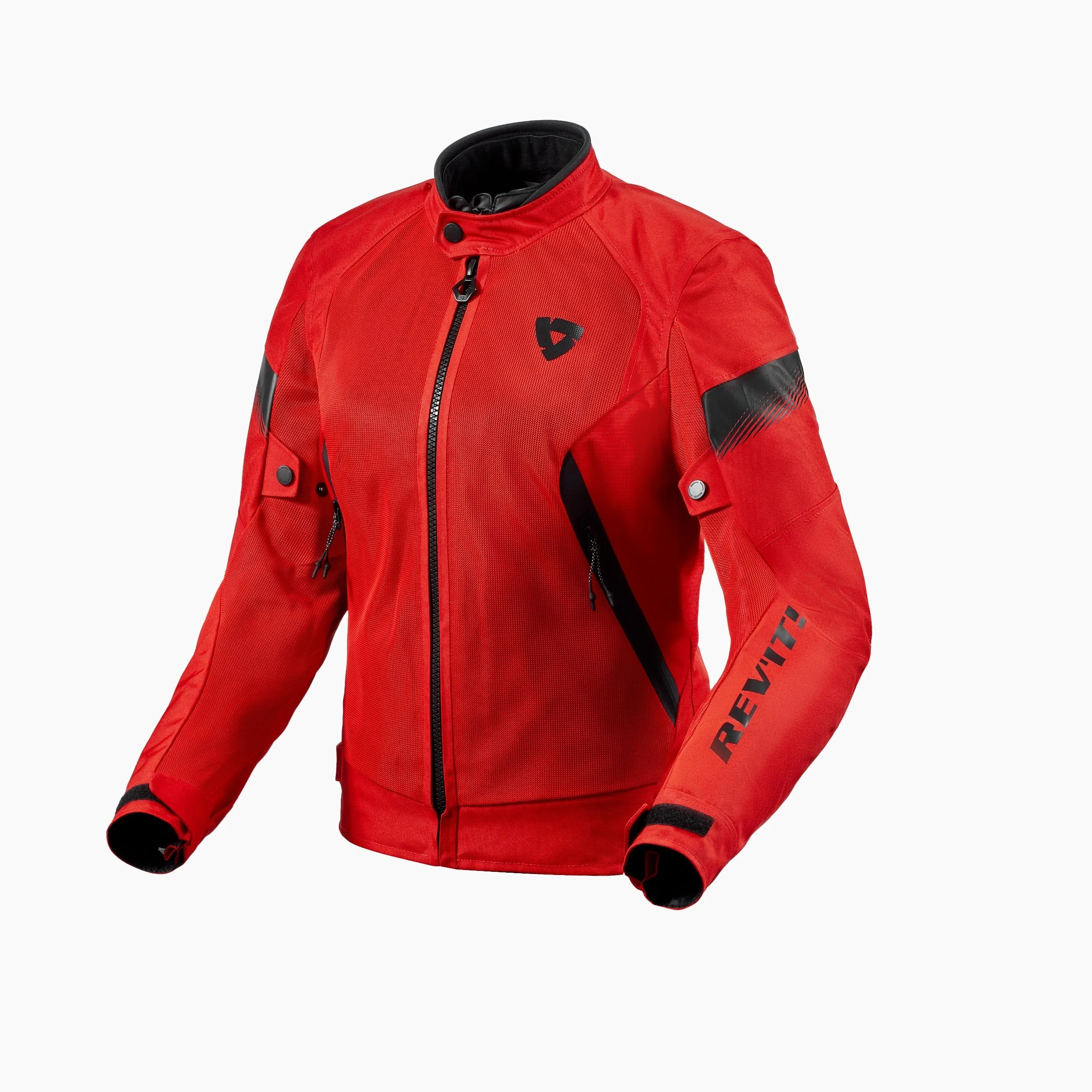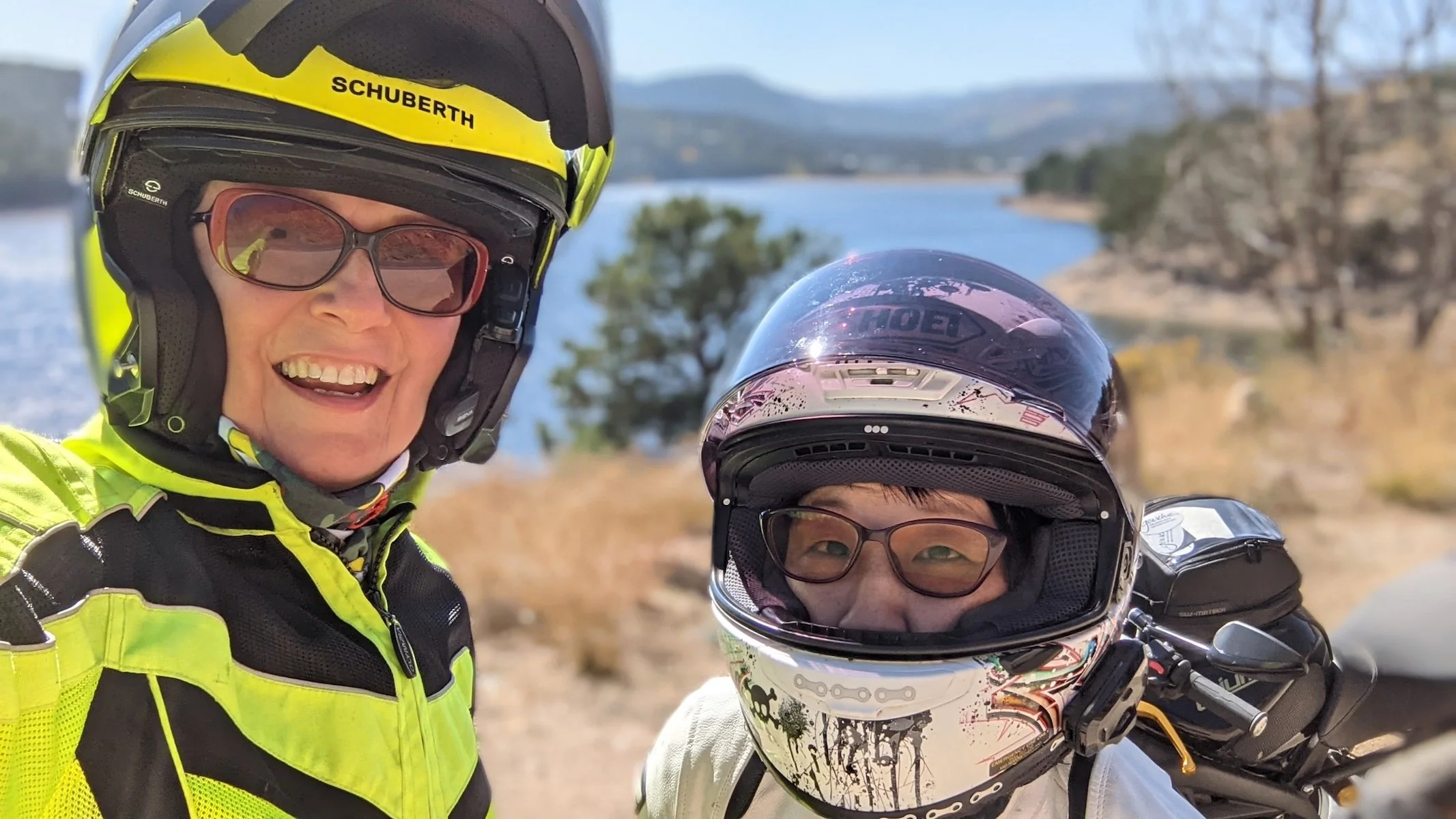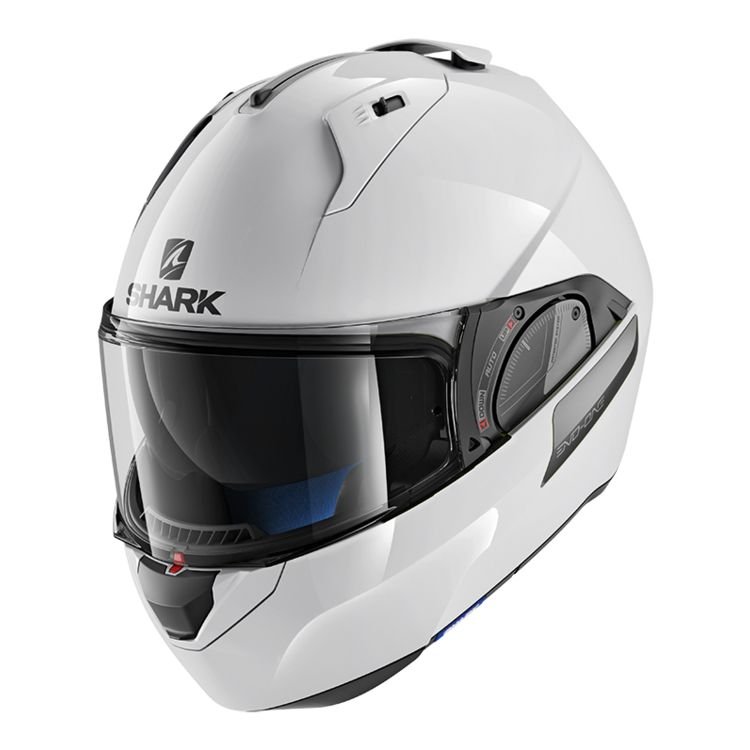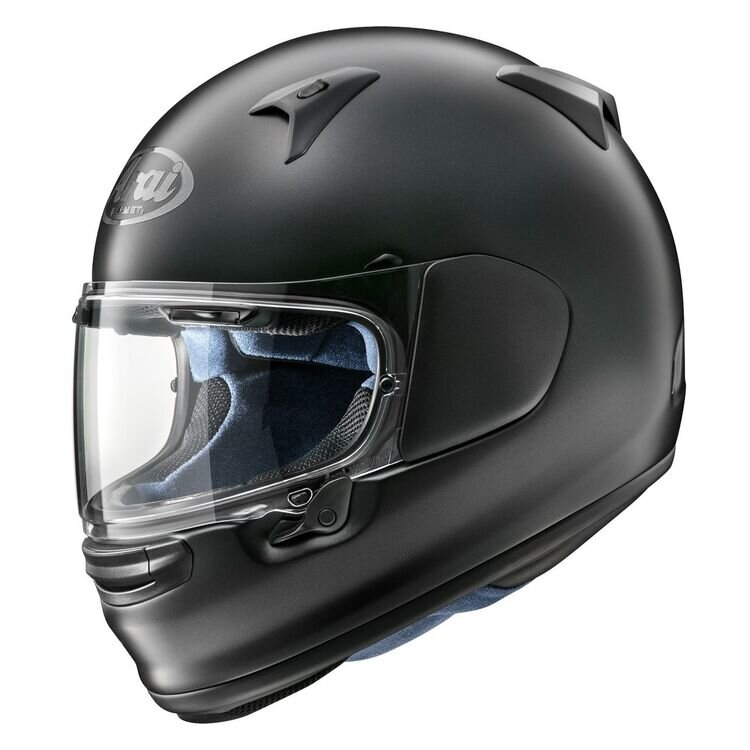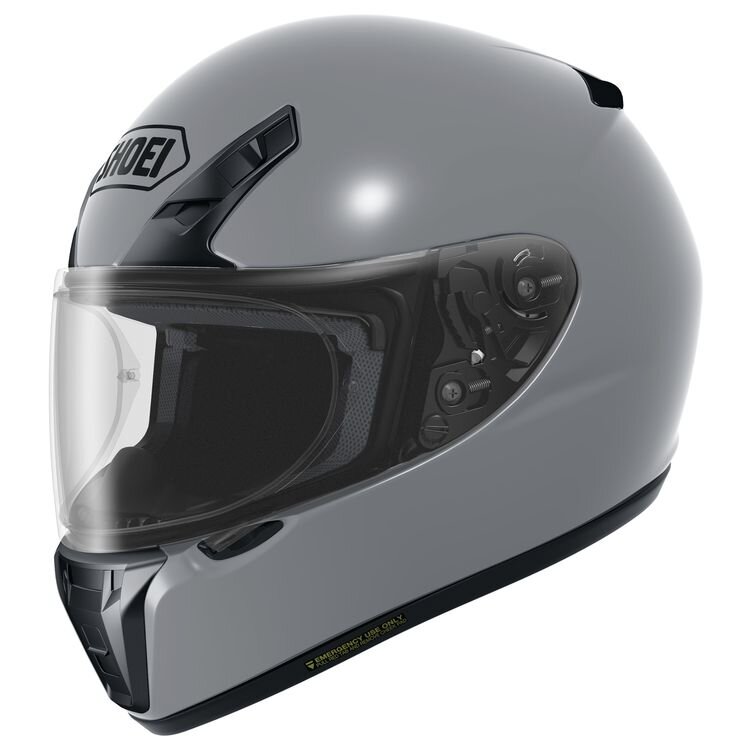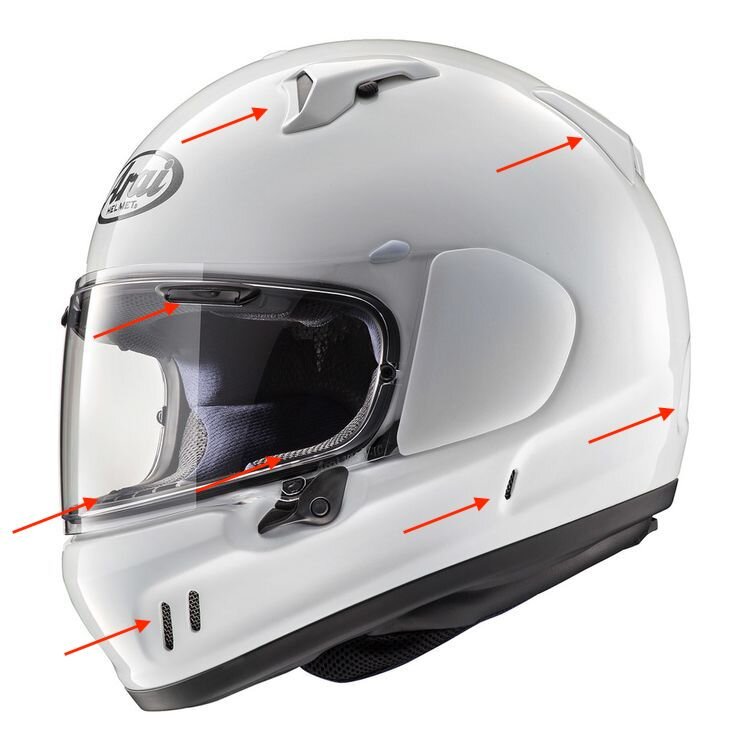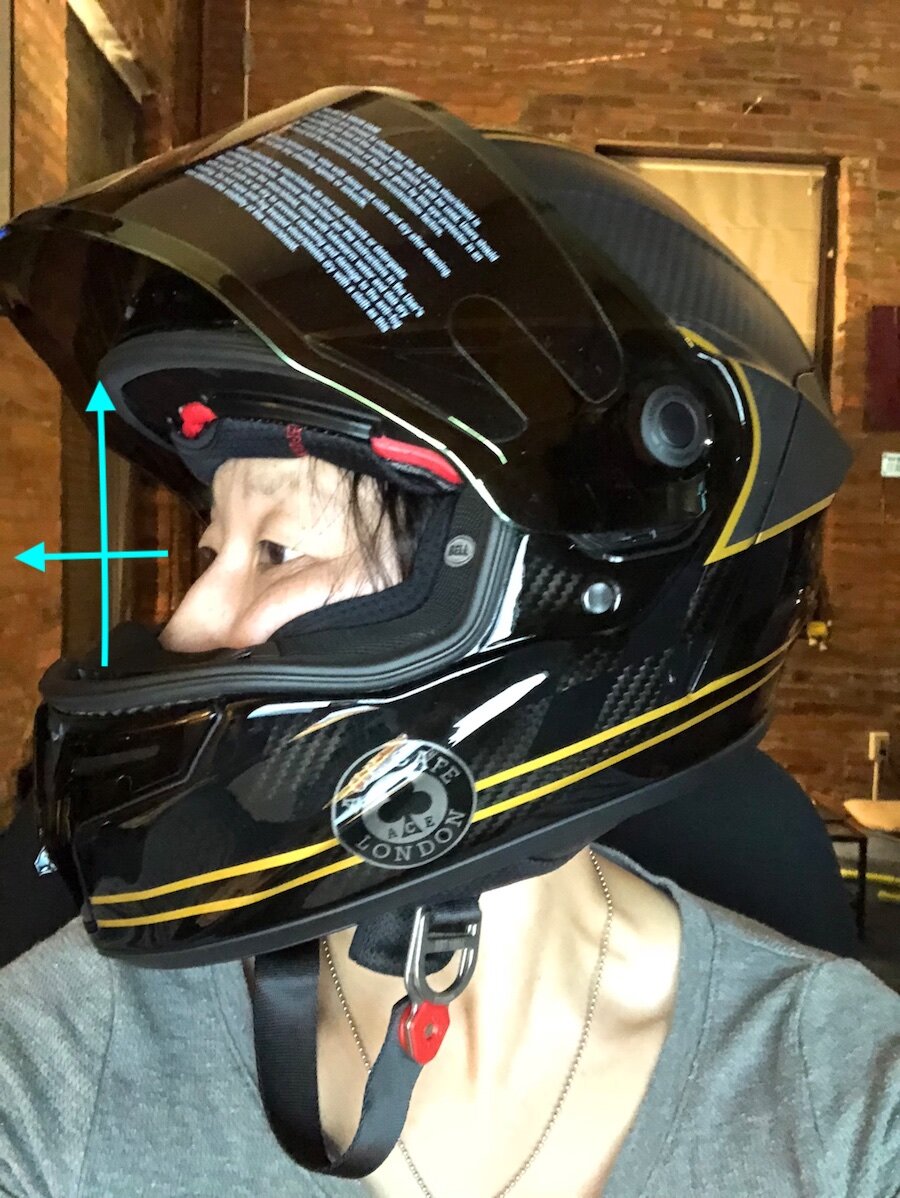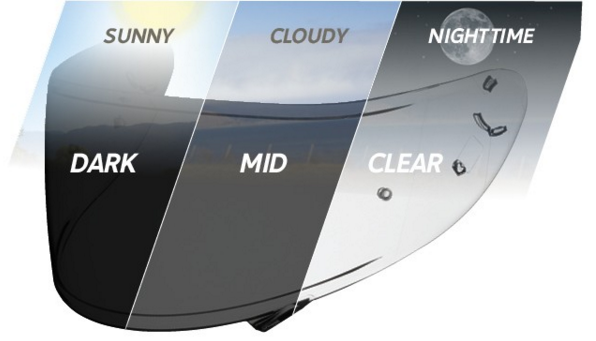Me and my friend Roko out riding near Nederland, CO. August 2021
This week I worked with a couple of people who needed to get fitted for a helmet. One rider in particular stood out because of her discomfort with wearing a helmet in general, especially a full face. So she asked to see this specific helmet:
This helmet is particularly unique because it can convert from an open face to a modular helmet, so the chinbar can open and then flip backwards to the backside of the helmet. You can wear it this way while riding. Who wouldn’t want the ability to quickly convert from an open to a close? The downside to doing this with traditional modular type helmets is that they are too heavy and cumbersome to ride in at more than parking lot speeds.
The challenge here was that her headshape was a much stronger oval than an intermediate: She was closer to a 4 but that helmet is closer to a 2, almost a 1. You’re probably wondering, how would I know that? Well, if you are also a 4, then a 2 would feel loose side to side but snug front to back. So you’d probably be able to hold the helmet on both sides and turn your head sideways quite a bit inside the helmet.
Helmet fitment is a lot like fitting shoes. Sometimes you have a narrower foot, sometimes a wider foot…and then something in between.
But the even greater problem that she was facing was her aversion to helmets. So even though her perfect fit was actually one of these two which are intermediate ovals that lean towards #1.:
Bell SRT Modular, MSRP $379
As someone who’s job it is to fit you for a properly fitting helmet, I always have to give you the benefit of the doubt. It’s your head, your comfort and your safety. I pointed out to her why the Bell SRT was the better fitment for her shape. It also has soft, squishy cheekpads and has a forgiving fit all around that doesn’t squeeze too hard in all the wrong places. (I didn’t have her try on the Shoei because it was well above her pricepoint, and she was already feeling uncomfortable with the process as it was) so she could compare the fit to the Shark.)
Although she recognized the Bell to be a better fitment, I encouraged her to try the Shark (at home first, for about 30-45 minutes) to see if it would be comfortable enough for longer rides. That way she could return it if she needed to and see how she felt afterwards. The other thing I had to do was size her up to a Medium even though her Bell/Shoei size was a Small. There’s no way you can comfortably wear a rounder (#2) helmet shape if your head leans towards the oval (#5) side.
Shoei Neotec 2, MSRP $749.99
Of course I want people to wear a perfectly fitted helmet as much as possible, but she was so visibly uncomfortable with the idea of wearing any of these that I didn’t want to turn her off completely from wearing one. She left without either, because unfortunately the greater issue of installing a Sena Headset became more complicated with the way that Shark is designed. It’s virtually impossible to mount any other headset on the side of that helmet. It’s primarily designed to work with their proprietary unit.
The best thing you can do is to first understand your shape per the graphic above and then find a helmet that fits as close to it as possible. The more you wear it, the more you will notice these fit differences and how they contribute to issues such as heaviness, noise and visibility.
Of course, wherever you’re riding I hope you’re wearing a great helmet that works for you.
Related Articles:

